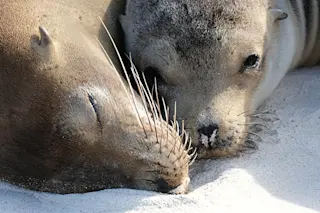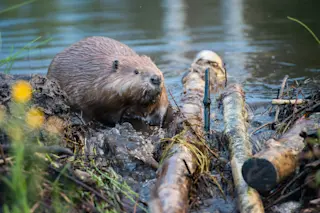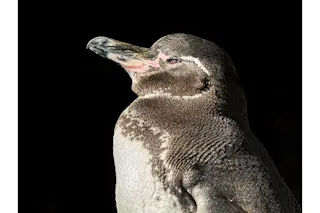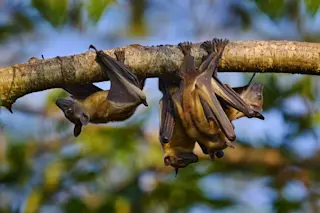There's a high probability that the last chimpanzee you saw on television was wearing suspenders and a hat or was smoking a cigar. Of course, it could also have been playing pranks in an ad for CareerBuilder.com (video), or dancing in a commercial for Arby's (video) or ETrade (video), or giving a high five to Matt LeBlanc from Friends. We're habituated to seeing chimps anthropomorphized on television, but are there any downsides to all this alleged fun besides hackneyed, mediocre humor? Apparently so. Last week, a group of primatologists, including the distinguished Jane Goodall, wrote a letter to Science magazine (subscription required) that criticized the entertainment and media industry for their portrayal of chimpanzees, stating that "such inappropriate portrayals are viewed by millions of people annually," leading people to mistakenly perceive "chimpanzees as frivolous subhumans that are not in danger of extinction." Their conclusion was based on surveys conducted at ...
Wait… Chimpanzees Don’t Wear Hats in the Wild?
Explore the inappropriate portrayal of chimpanzees in media and its impact on public misconceptions about their endangered status.
More on Discover
Stay Curious
SubscribeTo The Magazine
Save up to 40% off the cover price when you subscribe to Discover magazine.
Subscribe












